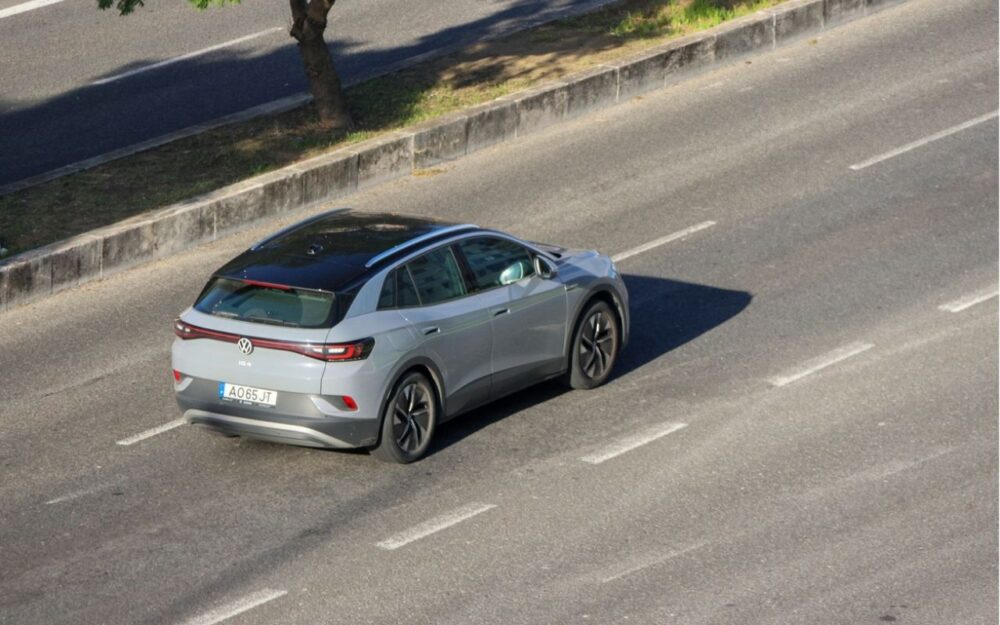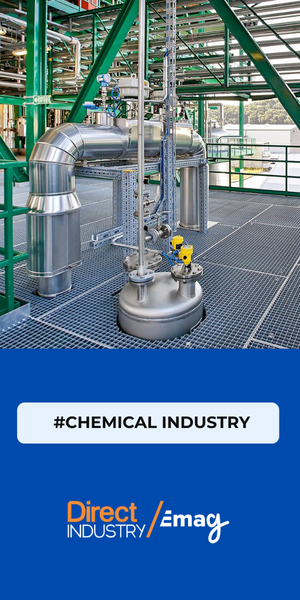Renowned for its engineering excellence, the European automotive industry must now take a decisive leap to remain competitive in the era of Software-Defined Vehicles (SDVs). The challenge is no longer simply to keep pace globally, but to fundamentally rethink innovation and organizational models to accelerate transformation. Europe has the assets to succeed—if it embraces a deep, systemic shift focused on agility and speed to market.
A Quiet Revolution
The true automotive revolution is unfolding behind the scenes, within software architecture. Far from being a mere add-on, software is becoming the vehicle’s backbone. According to Morgan Stanley, SDVs could represent up to 90% of the global market by 2029, compared to just 3% in 2021. By 2032, the market could exceed $210 billion.
While SDVs are already embedded in offerings across the U.S. and China, Europe—despite its engineering prowess—still tends to treat software as peripheral rather than foundational. Over-the-Air (OTA) updates remain rare across the continent.
Regulation: Misunderstood, Not Misplaced
European regulation is often blamed for slowing innovation. But the real issue lies in technical and organizational shortcomings that prevent coherent integration. International standards like ISO 26262 (functional safety) and UNECE R155/R156 (cybersecurity and software updates) demand rigorous traceability in complex systems. Without discipline, certification and scale are impossible.
European texts such as the Cyber Resilience Act and the AI Act introduce new requirements for robustness and update capabilities. These obligations have long been known—ignoring them risks delays in approval and market rejection. Regulation should be seen as an architectural principle, not an administrative burden. Solutions like Application Lifecycle Management (ALM) and Model-Based Systems Engineering (MBSE) are designed precisely to meet these demands.
Read also
Architecture as a Compliance Engine
In the SDV domain, regulation is not a final hurdle, it’s a structuring principle. The EU increasingly promotes Security by Design and continuous compliance throughout the product lifecycle. This means integrating safety, traceability, and update capabilities from the earliest development stages.
ALM and MBSE provide technical frameworks to model requirements, variants, tests, and dependencies across the vehicle lifecycle. Regulatory compliance can then be verified in real time.
As European regulation tightens, manufacturers must shift to sustainable, integrated processes. Fragmented architectures, manual testing, and paper documentation are no longer viable. Only a model-driven approach can turn regulatory constraints into genuine levers for product quality.
Read also
The Organizational Blind Spot
If there’s one root problem, it’s organizational—not technical. In many European OEMs, mechanical, electronic, and software teams still operate in silos rather than collaborating. The result: technical debt, long delays, and poor scalability.
SDVs are not experimental, they’re strategic. The software-first paradigm means software no longer supports the vehicle—it defines it: OTA updates, advanced driver assistance (ADAS), Vehicle-to-X connectivity, predictive maintenance… This requires integrated architecture spanning control units, cloud infrastructure, and security services.
Yet disconnect persists. According to Deloitte, nearly 90% of technical leaders feel confident in their company’s SDV leadership, only 45% of business executives share this view. This gap is a real fracture—global strategy is too often disconnected from technical advances.
SDVs are still seen as IT projects rather than organizational transformations. This perception limits business team involvement, deepens silos, and slows the conversion of innovation into competitive offerings. As a result, parallel worlds emerge within companies, each evolving separately and fragmenting internal momentum.
Act Now—Or Fall Behind
The global race is well underway. Failing to build modular, scalable platforms today means jeopardizing tomorrow. Tesla, BYD, Volkswagen (via Cariad), and Volvo have already adopted centralized software platforms.
According to Roland Berger, annual software spending by OEMs could reach $59 billion by 2030. Relying on externally developed software could save up to $17 billion. Without structural and organizational reorientation, Europe risks not only technological lag but also declining efficiency and profitability.
SDVs: Architecture Is Destiny
Europe needs a systemic shift—a deep digital transformation. Transitioning to SDVs is not just an innovation project, it’s a new design philosophy, with software as the starting point.
Europe has the skills, standards, and technical depth. What’s missing is systemic mobilization. The time for decision is now: will Europe shape the future of SDVs—or be shaped by it? This is not about adding another software feature. It’s about whether the European industry will define the rules of the game—or merely follow them.











